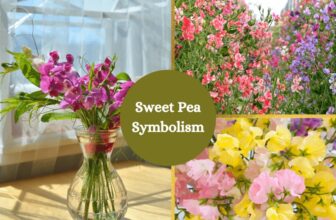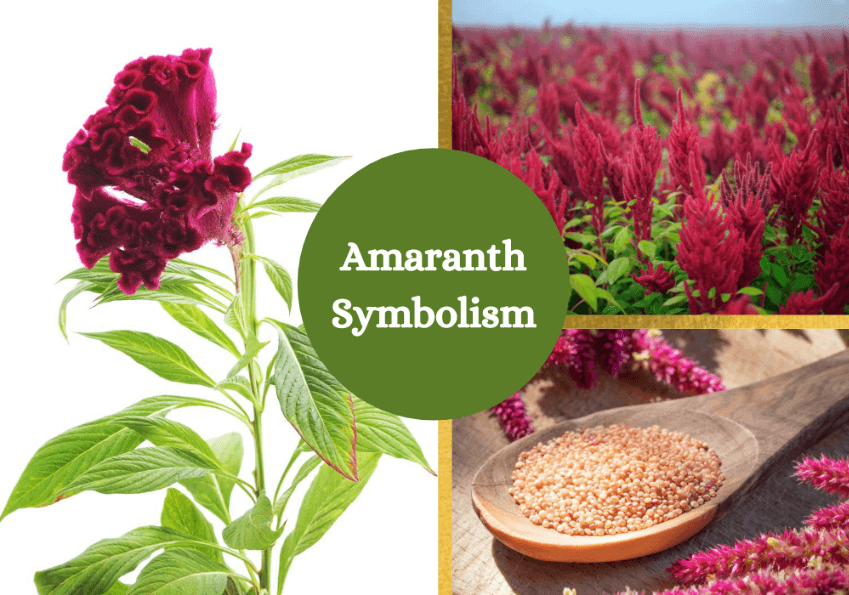
Table of Contents
There are few flowers that can boast the combination of beauty, healing and nutrition perfectly, and the Amaranth belongs to this elite club. Competitive and tolerant to different growing conditions, the Amaranth has so much promise as a potential alternative crop.
Let’s see the history, meaning, and uses behind this practical flower.
About the Amaranth
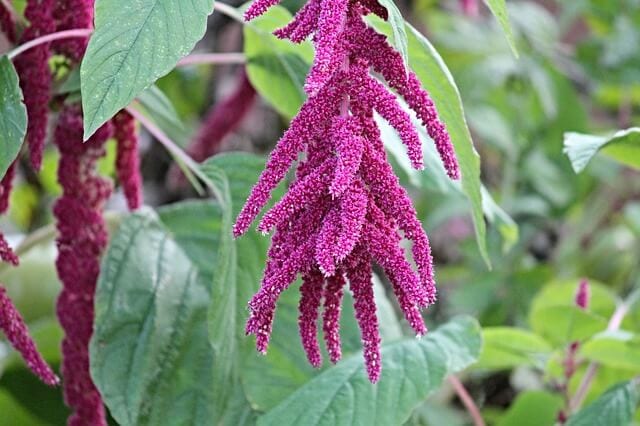
The Amaranth has a rich and colorful history. Various studies suggest that it was domesticated about eight thousand years ago and was a major crop for the Aztecs. Not only was it used as a crop, but it also held a major role in religious practices.
Believed to have originated in Peru but native to North and South America, the Amaranth is a genus with about 60 species. They grow up to 6 feet in height and the flowers come in a range of colors, such as golden hues, crimson red, and purple. Although thought to be resilient plants that are quite resistant to diseases, they are vulnerable to cold and are best grown in warmer climates. Amaranth species classifying as both annual and short-lived perennials.
The Amaranth has a reddish stem that is armed with spines. The leaves, which are sometimes covered in tiny hairs and sometimes smooth, are arranged alternately. Its taproot has a pinkish hue and a single plant can easily produce up to a thousand seeds that are in dry capsule fruits.
When the Spaniards conquered the Aztecs, they tried to outlaw the foods which they considered involved in ‘heathen’ practices because they wanted to convert the locals to Christianity. However, it would prove to be impossible to completely eradicate the Amaranth.
Myths and Stories of the Amaranth
- In Aztec culture, the Amaranth was prominent in rituals and celebrations. It was also a staple in their diet as the flower was thought to have supernatural properties.
- Hopi Indians used the flowers to create dyes, as well as coloring for ceremonial purposes.
- In Ecuador, people are believed to have boiled and mixed the seeds with rum to help regulate the menstrual cycles of women and purify their blood.
Amaranth Name and Meanings
The Amaranth is known by many names, some of which are very dramatic:
- Fountain Plant
- Tassel Flower
- Love-lies-bleeding
- Prince’s Feather
- Flaming Fountain
- and Summer Poinsettia
The name ‘amaranth’ is derived from the Greek word amarantos which means ‘which does not whither’ or ‘everlasting’. Such a name was given because of the flower buds that retain their color, even after dying.
Meaning and Symbolism of the Amaranth
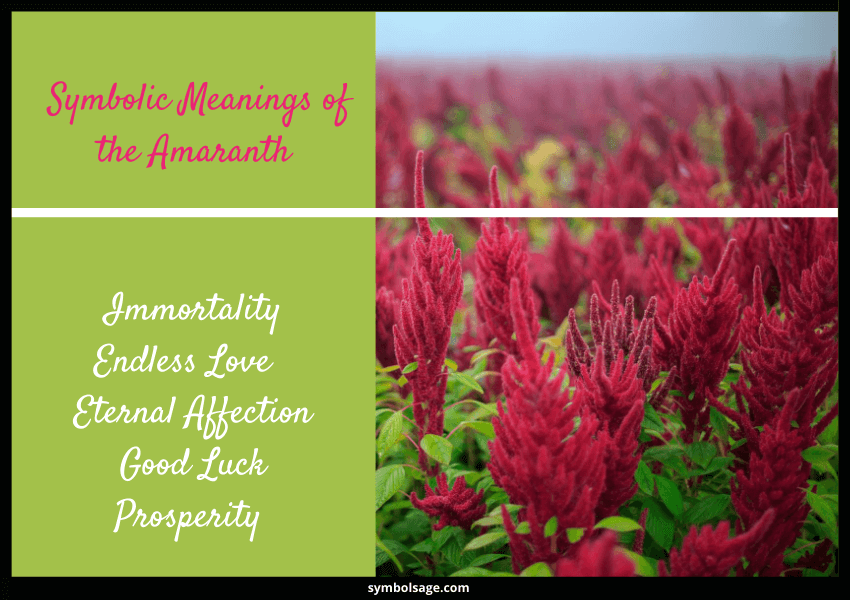
The Amaranth is considered one of the symbols of immortality because it retains its and beauty even after dying. It doesn’t fade easily and continues to maintain its color and appearance of freshness.
Because of this connection to immortality, the amaranth is often presented as a gift not only for the beauty of the flower itself but also because it’s a representation of unfading affection and eternal love for the recipient.
Amaranth’s can also symbolize good luck, prosperity and fortune, especially when gifted as a crown or garland.
Uses of the Amaranth
The amaranth is versatile and has numerous uses. These include:
Medicine
Disclaimer
Although experts are apprehensive in classifying amaranth as a superfood, it’s definitely a super plant. Not only does it add beauty to any décor, but it also has plenty of benefits to offer. These include the following:
- Helps fight inflammation
- Strengthens the heart
- Improves bone health
- Fights cancer
- Boosts immunity
- Enhances digestive health
- Improves vision
- Fights anemia
Gastronomy
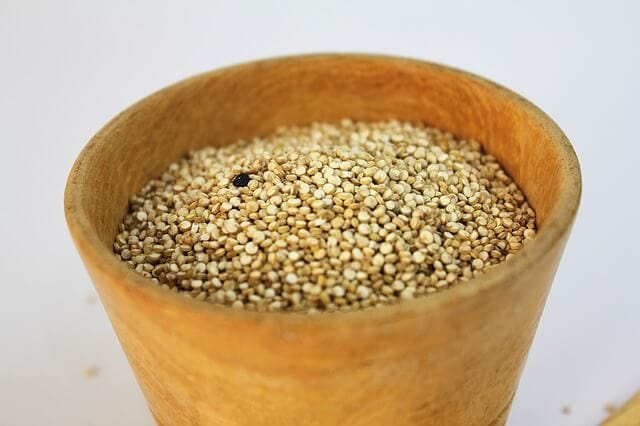
Amaranth is an excellent source of dietary fibers, iron, Vitamin E, calcium, proteins, omega-3 fatty acids, and magnesium. It also has the distinction of having better nutritional value than rice and wheat, plus it also contains L-lysine an amino acid that facilitates the synthesis of elastin, collagen, and antibodies, as well as helps in the absorption of calcium.
Amaranth can be ground into flour and used as a thickener for soups, stews, and sauces. It can also be used when preparing bread. The seeds can also be consumed in the manner of rice, popped like popcorns, or mixed in with granola bar ingredients.
Amaranth leaves are also highly popular as a food in Asia. They are most often used as an ingredient in soups but sometimes served stir-fried. In Peru, the seeds are fermented to produce a beer called chichi.
Beauty
Because of the many nutrients it contains, amaranth is also widely used for beauty. It can moisturize skin, clean and whiten teeth, remove makeup, and improve your hair.
Amaranth Cultural Significance
Because it symbolizes immortality, the amaranth has been featured in various works of literature. It was featured in Aesop’s Fables to illustrate the difference between a fleeting beauty (rose) and an everlasting beauty (amaranth).
It was also featured in John Milton’s epic poem Paradise Lost where it was described as immortal. Samuel Taylor Coleridge also referred to the flower in Work Without Hope.
Today, amaranth is widely used as an ingredient in beauty products and is also a favorite for numerous art projects because it easily retains its color and shape even after losing moisture.
In the US today, the amaranth is becoming widely accepted as a food staple and is now sold in leading stores to be turned into bread, pasta, and pastries.
To Wrap It Up
Beautiful, versatile, and true to its name, everlasting, the amaranth has been around for centuries and will continue to be popular for many more years to come. A delight in any floral decoration, it also has undeniable nutritional values and uses.





